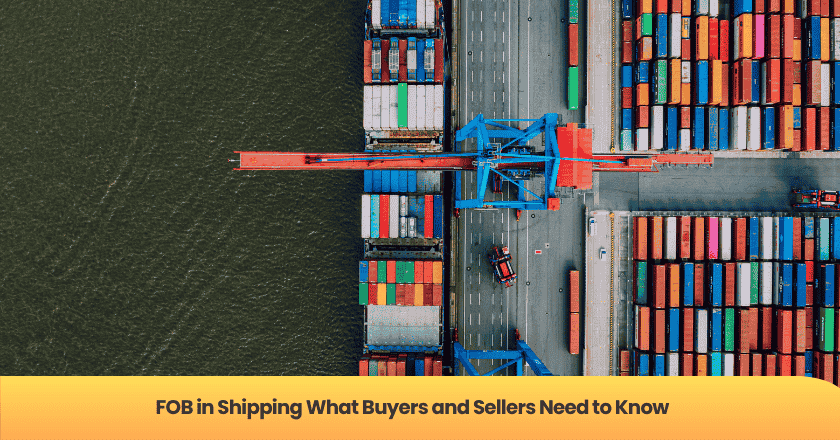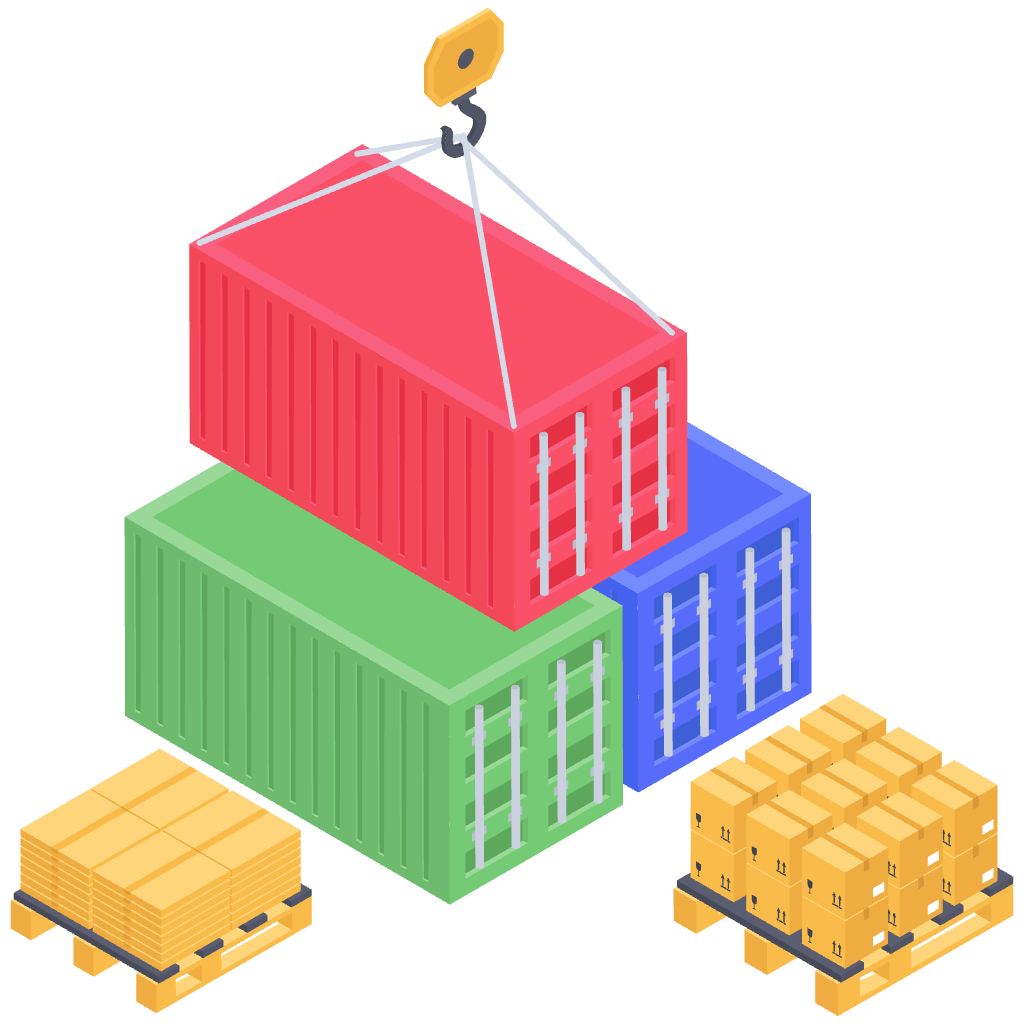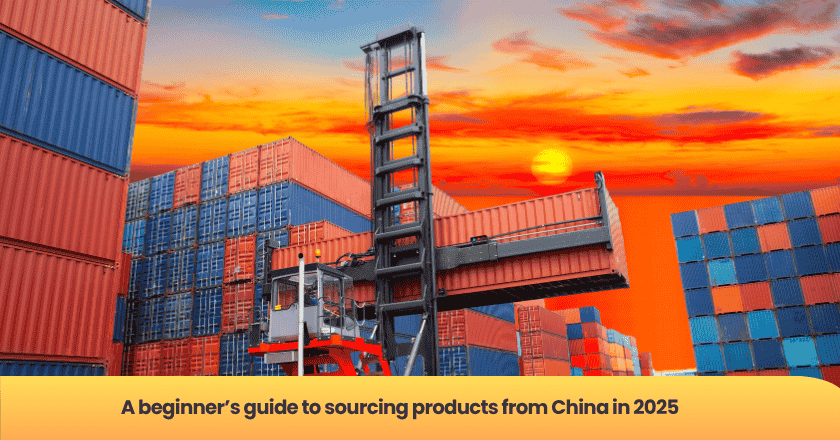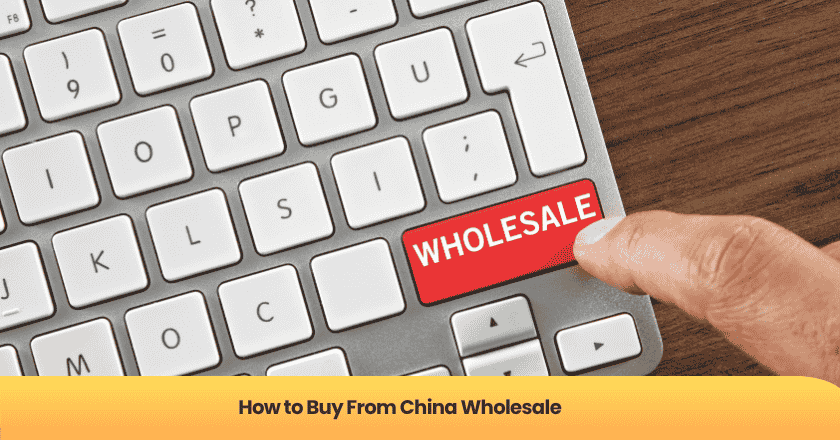
Fob as free on board, a critical term in shipping. When I negotiate contracts, I focus on fob because it determines who pays for shipping and who bears risk. Free on board means the seller delivers goods onto the vessel, and then responsibility shifts. I always check fob terms to manage costs and avoid confusion. Q es fob is a common question among buyers, and understanding free on board helps me make smarter decisions in global shipping.
Key Takeaways
- Understand FOB terms to clarify shipping responsibilities. FOB defines when the seller's responsibility ends and the buyer's begins.
- Always check the FOB point in contracts. This detail affects who pays for shipping and who bears the risk during transit.
- Differentiate between FOB origin and FOB destination. FOB origin gives you control from the shipping point, while FOB destination keeps the seller responsible until delivery.
- Compare FOB with other shipping terms like CIF and EXW. Each term offers different levels of control and responsibility, so choose based on your needs.
What Is FOB?
Free On Board Meaning
When I discuss fob in shipping, I always start with the basics. Free on board is a term that defines the point at which responsibility for goods shifts from seller to buyer. I use fob to clarify who pays for shipping and who takes on risk during transit. In my experience, free on board means the seller delivers goods onto the vessel at the agreed port. Once the goods are on board, I know the buyer becomes responsible for shipping costs and risks.
I often explain fob using a simple example. If I buy products from overseas, the seller handles everything up to loading the goods onto the ship. After that, I take charge of shipping, insurance, and any issues that arise. Free on board helps me avoid confusion about who manages each step. I find that fob terms make contracts clear and reduce disputes.
Tip: Always check the fob point in your contract. It determines when you take control of shipping and risk.
FOB in International Trade
I see fob used in international trade every day. When I negotiate with suppliers, I rely on fob to set clear boundaries. Free on board is recognized worldwide, so I trust it to standardize shipping agreements. I know that fob applies to sea and inland waterway transport, not air or land shipping.
In global transactions, fob helps me manage costs and plan logistics. I use fob to calculate the total price, including shipping from the port onward. Sellers often prefer fob because they only handle local delivery and loading. Buyers like me choose fob to control shipping and select carriers.
Here is a quick table that shows how fob works in international trade:
| FOB Term | Seller's Responsibility | Buyer's Responsibility |
|---|---|---|
| Before Loading | Seller | - |
| After Loading | - | Buyer |
| Shipping Costs | Seller (to port) | Buyer (from port) |
| Risk Transfer | At vessel loading | After vessel loading |
I always review fob terms before finalizing any shipping deal. Free on board gives me confidence that I understand my obligations. I recommend that buyers and sellers use fob to simplify international shipping and avoid misunderstandings.
FOB Origin and Destination
When I negotiate shipping contracts, I always clarify the difference between fob origin and fob destination. These terms define where responsibility and risk transfer from seller to buyer. Understanding both helps me avoid costly mistakes in shipping agreements.
FOB Shipping Point
I use fob origin, also called fob shipping point, when I want control over the shipping process as soon as the goods leave the seller’s facility. In this arrangement, the seller’s responsibility ends once the goods are loaded for shipping. I become responsible for the products from that moment. If any damage occurs during shipping, I must handle the claim. I find fob origin useful when I trust my shipping partners and want to manage logistics directly.
Here is a simple breakdown of fob origin:
- Seller loads goods for shipping.
- I take ownership and risk at the shipping point.
- I pay for shipping from the seller’s location to my destination.
Note: I always confirm the exact shipping point in the contract. This detail affects insurance and liability.
FOB Destination
When I prefer less risk during shipping, I choose fob destination. In this case, the seller remains responsible for the goods until they reach my location. The seller pays for shipping and handles any issues that arise during transit. I only take ownership once the shipment arrives at my warehouse or specified address. Fob destination gives me peace of mind, especially when shipping high-value or fragile items.
Key points about fob destination:
- Seller manages shipping and risk until delivery.
- I receive goods and take ownership at my location.
- Seller covers shipping costs up to the destination.
I always compare fob origin and fob destination before finalizing any shipping deal. Each option offers different levels of control and risk. By understanding these terms, I make informed decisions that protect my business.
Responsibilities and Risks
Cost and Liability Transfer
When I negotiate contracts, I pay close attention to how cost and liability transfer between parties. The fob term in shipping plays a crucial role in this process. I always clarify who pays for each stage of transportation. If the contract states fob shipping point, I know the seller covers costs only until the goods reach the vessel. After loading, I take on all expenses, including freight, insurance, and customs duties.
I use a checklist to track cost and liability transfer:
- Seller pays for delivery to the port and loading onto the ship.
- I pay for shipping from the port to my warehouse.
- I handle insurance and risk once the goods are on board.
Tip: I always review the contract for clear fob terms. This step helps me avoid unexpected charges and disputes.
I find that understanding cost and liability transfer reduces confusion. I can plan my budget and manage risk more effectively. When I work with new suppliers, I insist on detailed shipping clauses. This approach protects my business and ensures a smooth transaction.
When Ownership Changes
Ownership of goods changes at a specific point in the shipping process. The fob term defines when this transfer happens. If the agreement uses fob shipping point, I become the owner as soon as the goods are loaded onto the vessel. I accept all risks and responsibilities from that moment. If the contract specifies fob destination, the seller retains ownership until the goods arrive at my location.
I use a simple table to illustrate ownership change:
| FOB Term | Ownership Transfer Point |
|---|---|
| FOB Shipping Point | At vessel loading |
| FOB Destination | Upon delivery to buyer |
I always confirm the ownership transfer point before signing any contract. This detail affects insurance coverage and legal responsibility. If damage occurs during shipping, I know whether I or the seller must file a claim. I recommend that buyers and sellers discuss ownership transfer openly. Clear communication prevents misunderstandings and protects both parties.
Note: I keep records of all shipping documents. These papers prove when ownership changes and help resolve any disputes.
I believe that mastering fob terms in shipping gives me confidence. I can manage costs, control risk, and ensure my goods arrive safely.
FOB vs. Other Shipping Terms
FOB vs. CIF
When I compare shipping terms, I often look at FOB and CIF. FOB, or Free On Board, means I take responsibility for goods once they are loaded onto the vessel. CIF stands for Cost, Insurance, and Freight. With CIF, the seller covers the cost of shipping, insurance, and freight until the goods reach my port. I find that CIF offers more protection because the seller handles insurance. However, FOB gives me more control over the shipping process. I choose FOB when I want to select my own carrier and manage risks directly. CIF works better when I prefer the seller to handle logistics and insurance.
| Shipping Term | Who Pays for Shipping | Who Handles Insurance | Risk Transfer Point |
|---|---|---|---|
| FOB | Buyer (from port) | Buyer | At vessel loading |
| CIF | Seller | Seller | At destination port |
Tip: I always review shipping terms before finalizing a deal. This step helps me avoid surprises and ensures I understand my responsibilities.
FOB vs. EXW
I often get questions about how FOB compares to EXW. EXW stands for Ex Works. Under EXW, the seller makes goods available at their premises. I must handle all transportation, export duties, and risks from that point onward. FOB, on the other hand, requires the seller to deliver goods to the port and load them onto the vessel. I take over responsibility once the goods are on board. EXW gives me maximum control but also maximum responsibility. FOB offers a balance between seller and buyer duties.
- EXW: I arrange pickup, shipping, and export clearance.
- FOB: Seller delivers to port and loads goods; I manage shipping from there.
I always clarify these shipping terms in my contracts. This practice helps me avoid confusion and ensures smooth transactions.
q es fob
Many buyers ask me, "q es fob?" I explain that q es fob means Free On Board, a key concept in shipping terms. When someone asks q es fob, I describe how it defines the point where responsibility and risk shift from seller to buyer. I use q es fob to negotiate contracts and manage logistics. Understanding q es fob helps me plan my shipping strategy and avoid disputes. I recommend that anyone new to international trade learn what q es fob means. Clear knowledge of q es fob makes shipping terms easier to understand and apply.
Note: I always answer q es fob questions with practical examples. This approach helps buyers and sellers grasp the importance of shipping terms in global trade.
I believe mastering FOB terms gives me confidence in every shipping transaction. Understanding when responsibility and risk shift helps me avoid costly mistakes. I always review shipping agreements carefully and seek expert advice when needed.
Tip: I recommend creating a checklist for shipping terms before signing any contract.
By staying informed and proactive, I protect my business and ensure smooth international trade.
FAQ
What does FOB mean in shipping?
I use FOB to define the point where responsibility and risk shift from seller to buyer. It stands for "Free On Board." This term helps me clarify who pays for shipping and who handles any issues during transit.
When should I choose FOB over other shipping terms?
Choose FOB when I want control over shipping after the goods are loaded onto the vessel. This option works best if I trust my shipping partners and want to manage logistics and insurance myself.
Who handles insurance under FOB terms?
Under FOB, I handle insurance once the goods are loaded onto the vessel. The seller covers costs and risk only up to that point. I always arrange insurance to protect my shipment during transit.
Can FOB apply to air or land shipments?
Use FOB only for sea or inland waterway transport. For air or land shipments, I select other Incoterms like FCA or EXW. FOB does not apply outside maritime shipping.
What documents do I need for FOB shipping?
Always collect a bill of lading, commercial invoice, and packing list. These documents prove ownership transfer and help me resolve any disputes. I keep all records organized for easy reference.
Get Started Today
Let's Turn Your Sourcing Goals into RealityVisit Us:Building 10 #39 Xiangyuan Road, Hangzhou, China




